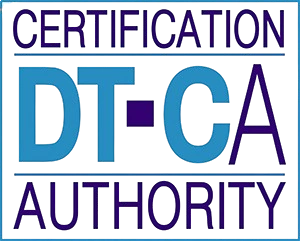WSTG – Web Security Testing Guide
WSTG (Web Security Testing Guide) is a standardized methodology for testing the security of web applications, created by the OWASP WSTG initiative. It is intended to provide cybersecurity professionals with a comprehensive guide for testing all areas of a web application – from user inputs, through authentication, to cryptographic controls.
At Haxoris, we use OWASP WSTG as the primary reference for penetration testing of web applications. It helps ensure that nothing is overlooked – we test according to proven procedures that are continually updated to match evolving threats.
This page explains our penetration testing methodology guided by WSTG: the scope we cover, how we execute engagements, and the tangible deliverables you receive. Whether you are preparing for compliance, improving SDLC security, or validating new releases, a WSTG-aligned web application penetration test provides reliable, repeatable results.
- Covers more than 60 test cases
- Focuses on real-world exploitation scenarios
- Increases clients' confidence in the security of their applications











